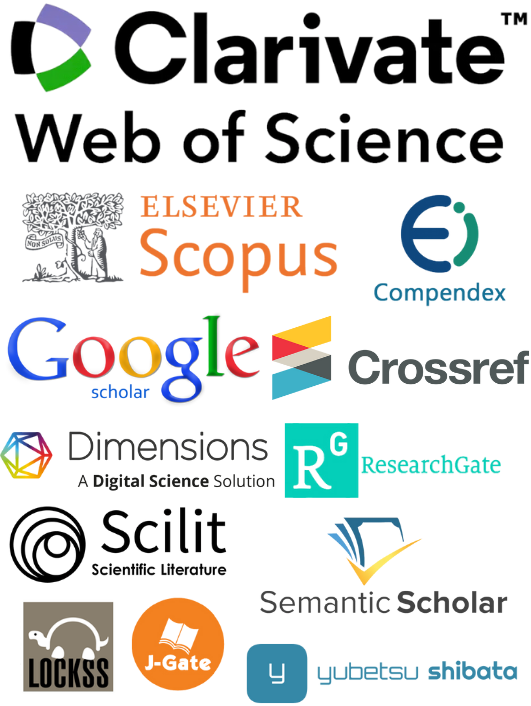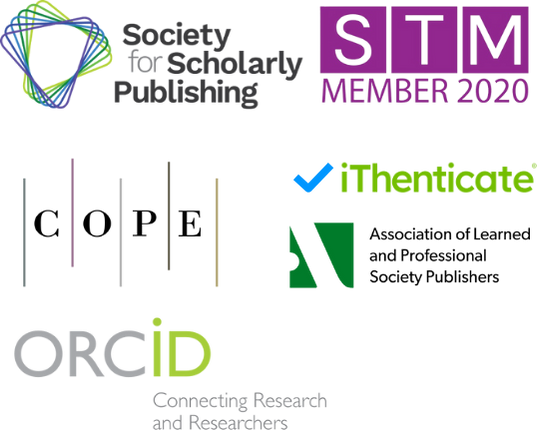Research on Enterprise Data Security Protection Technology on Cloud Platforms
DOI:
https://doi.org/10.71222/jdj0tq28Keywords:
cloud platform, data security, data protection, access control, encryption technologyAbstract
With the popularization of cloud computing technology, enterprises are increasingly relying on cloud platforms for data storage and processing. Although cloud platforms bring flexibility and scalability to enterprises, data security concerns have become increasingly prominent. Due to the openness and resource sharing characteristics of cloud platforms, enterprises face multiple security challenges in data storage, transmission, and access permission management. This article elaborates on the basic definition of data security and provides an in-depth analysis of the data protection management model in cloud computing platforms. It further discusses the technical security challenges in multiple aspects such as data storage, transmission, and identity verification, and introduces various protective measures such as data encryption, data backup, and strengthened access permission management. By adopting these technological solutions, enterprises can effectively defend against the risks of data leakage and unauthorized access, ensuring the confidentiality, integrity, and availability of cloud platform data.
References
1. N. Akhtar, A. Ahmed, M. Khan, S. Iqbal, R. Ahmad, A. Khan et al., “A comprehensive overview of privacy and data security for cloud storage,” Int. J. Sci. Res. Sci. Eng. Technol., vol. 2021, pp. 1–8, 2021, doi: 10.32628/IJSRSET21852.
2. I. Gupta, A. K. Yadav, H. Goel, P. Kumar, R. K. Yadav, S. Sharma et al., “Secure data storage and sharing techniques for data protection in cloud environments: A systematic review, analysis, and future directions,” IEEE Access, vol. 10, pp. 71247–71277, 2022, doi: 10.1109/ACCESS.2022.3188110.
3. A. T. Lo'ai and G. Saldamli, “Reconsidering big data security and privacy in cloud and mobile cloud systems,” J. King Saud Univ. Comput. Inf. Sci., vol. 33, no. 7, pp. 810–819, 2021, doi: 10.1016/j.jksuci.2019.05.007.
4. R. Adee and H. Mouratidis, “A dynamic four-step data security model for data in cloud computing based on cryptography and steganography,” Sensors, vol. 22, no. 3, p. 1109, 2022, doi: 10.3390/s22031109.
5. F. Thabit, S. Alhomdy, and S. Jagtap, “A new data security algorithm for the cloud computing based on genetics techniques and logical-mathematical functions,” Int. J. Intell. Netw., vol. 2, pp. 18–33, 2021, doi: 10.1016/j.ijin.2021.03.001.
6. S. S. Vellela, R. Balamanigandan, and S. P. Praveen, “Strategic survey on security and privacy methods of cloud computing environment,” J. Next Gener. Technol., vol. 2, no. 1, pp. 1–9, 2022.
7. M. Mehrtak, S. A. SeyedAlinaghi, S. Shabani, S. Noori, H. Mirzapour, A. Mohammadi et al., “Security challenges and solutions using healthcare cloud computing,” J. Med. Life, vol. 14, no. 4, pp. 448–456, 2021, doi: 10.25122/jml-2021-0100.
8. W. Ahmad, A. Rasool, A. R. Javed, T. Baker, Z. Jalil, M. A. Jan et al., “Cyber security in IoT-based cloud computing: A com-prehensive survey,” Electronics, vol. 11, no. 1, p. 16, 2021, doi: 10.3390/electronics11010016.
Downloads
Published
Issue
Section
License
Copyright (c) 2025 Yu Pan (Author)

This work is licensed under a Creative Commons Attribution 4.0 International License.


